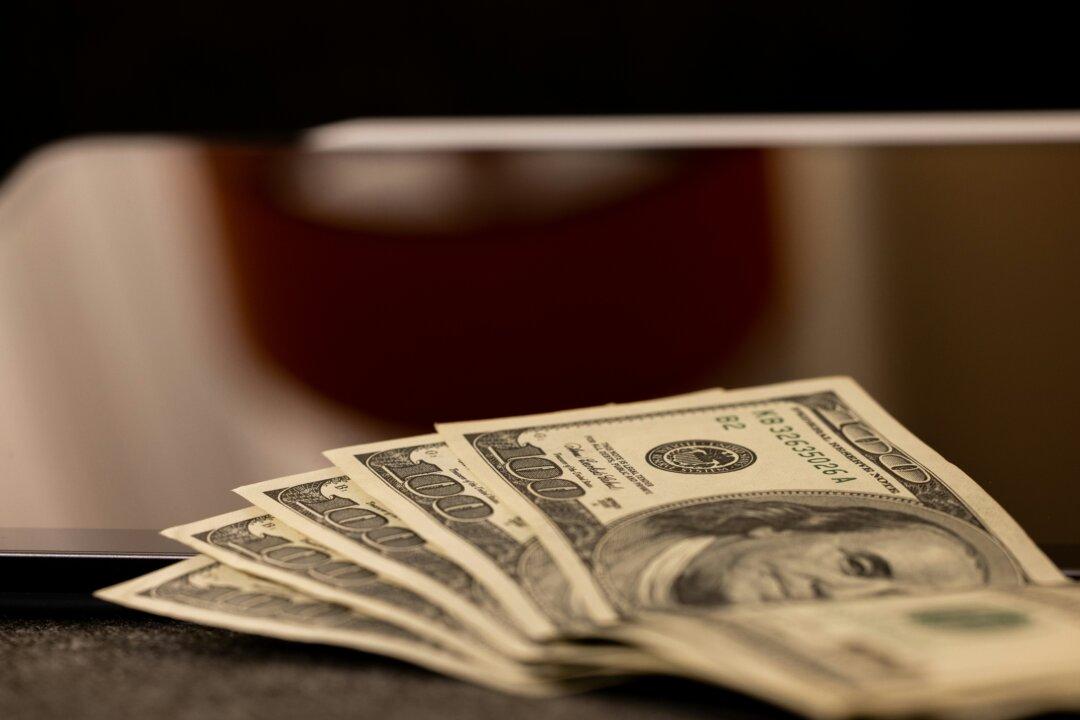On Tuesday, Jan. 19, 2021, the Treasury secretary designate Janet Yellen outlined before the Senate Finance Committee the likely course of President Joe Biden’s economic policies in the months ahead. Given the fragile state of the U.S. economy as a result of Covid-19, Yellen favors Biden’s $1.9 trillion spending plan to provide support to the economy. Yellen seems to be aware that some commentators might have misgivings about such a massive spending plan given the already large budget deficit and vast public debt: the twelve-month moving average of the budget deficit stood at $144 billion in December last year, while as a percentage of GDP the federal debt stood at 131 percent in September 2020 (versus 107 percent in September 2019).
Yellen does not seem to be disturbed by the widening budget deficit and the growing public debt. The reason, argues Yellen, is that the cost of serving the debt as a percentage of GDP is unlikely to strengthen in the months ahead. She holds that the current low level of interest rates is going to soften the potential interest burden that could emanate from the large public debt. From 2004 to the present, interest payments on the debt as a percentage of GDP appear to have been relatively stable, averaging around 0.22 percent (see chart).
According to Yellen, against the background of close-to-zero interest rates, the interest burden is unlikely to be a major issue in the months ahead.
In line with the popular way of thinking, she is of the view that authorities should start spending massively as soon as possible to take the advantage of these low interest rates in order to place the U.S. economy on a healthy foundation. Behind Yellen’s views is the idea that demand generates supply.
This way of thinking, popularized by John Maynard Keynes, posits that an increase in demand sets in motion an increase in supply, encouraging the process of real wealth generation and in turn strengthening economic growth.
With their belief that a stronger aggregate demand is required to lift the economy, it is not surprising that policymakers including Yellen regard the massive increase in the money supply growth rate as an important factor in achieving strong economic growth. An increase in the growth rate of the money supply will lead to the increase in demand for goods and services, and this in turn is going to trigger the increase in supply, thus strengthening the economy’s fundamentals, so it is held.
Furthermore, given the likely further widening of the budget deficit, which is probably going to be financed by borrowing from the Federal Reserve, the money supply growth rate is expected to zoom to unprecedented heights.
Contrary to Yellen, the key limiting factor for sustained economic growth is the state of the pool of real savings—the heart of economic growth.
It is important to emphasize that the Federal Reserve provides significant support to government spending. We should expect the holdings of the government debt by the Fed, which stood at around $5 trillion by the end of 2020, to increase further.
A visible decline in the purchasing power of money coupled with growing uncertainty is likely to benefit the price of gold.
While historically an artificial increase in money supply was followed by increases in equity markets, there were periods when this did not come to pass, such as during the Great Depression of 1930. Despite recent strong increases in monetary liquidity due to the extremely loose monetary stance of the Fed, the stock market might not benefit. This could be because of severe deterioration in real economic fundamentals.
Another potential problem ahead for the U.S. economy is President Joe Biden’s plan to raise the minimum wage to $15 per hour.
The president is of the view that by raising the minimum wage he is going to lift workers’ living standards. But to increase the minimum wage is to run the risk of an increase in unemployment at a time when economic conditions appear to be fragile.
It must be realized that a businessperson is unlikely to pay a worker more than the value of the product that the worker generates.
If a worker generates per hour a value of $10, the businessperson is not going to pay more than this amount. In our case, if the minimum wage is set at $15, it will be illegal for a business to pay a worker less than the minimum wage of $15, even if the worker only generates a value of $10 an hour. Consequently, the business will have to retrench the worker, since employing the worker for $15 an hour is going to undermine the profitability of the business.
It is only through the increase in capital goods, i.e., through the enhancement and the expansion of the infrastructure, that the labor could become more productive and earn a higher hourly wage.
In order to set in motion an expansion of the infrastructure, the government must cut its involvement with the economy and the central bank should arrest the generation of money out of “thin air.”
The policy of raising the minimum wage could backfire and is likely to result in more unemployed individuals. To “help” the unemployed, the government will be expected to provide them with financial handouts.








